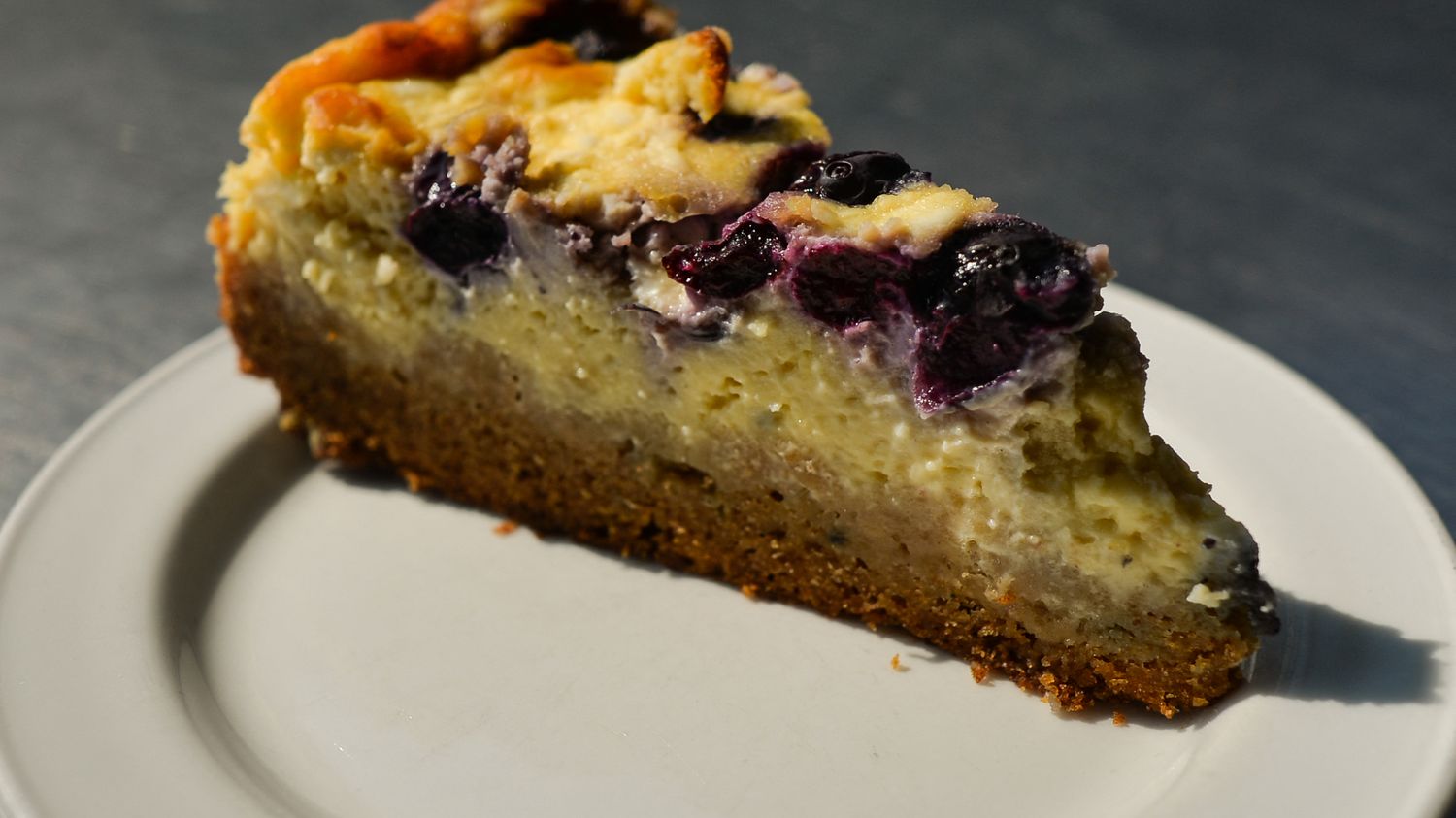With a 3D printer and a laser, the researchers developed a recipe. If the innovation still deserves to be perfected, it gives hope for the future of food.
In the United States, progress in 3D printing is constant. If they do not yet reach the level that can sometimes be seen in Hollywood films, progress is real with the three-dimensional printing of organs, houses, or boats for example, and even a cheesecake. An impression made by Columbia University in New York, which was not easy.
>> Gustave Roussy buys a 3D printer to manufacture drugs against cancer: “It’s fewer tablets to take”
Obviously, the ingredients are not printed, it was Columbia engineers who bought them from a supermarket in New York. Seven ingredients in all: peanut butter, strawberry jam, bananas, hazelnut and cocoa spread, cookies, icing and cherry. It is then necessary to transform all this into dough which is used to “build” the cheesecake. Problem: it took many tries for the slice of cheesecake to hold up. The proportion of biscuits, which serve as a foundation, was too low at the start.
The hazelnut cream and peanut butter then form a kind of wall to contain the other, less solid ingredients. And a laser makes it possible to refine the work. Half an hour in all to prepare a portion. It’s a 3D print, with one layer after another, so visually the cheesecake is a bit different from a traditional cheesecake. The innovation was featured in the journal NPJ Science of Food.
A succession of tastes in the mouth
“We are not Michelin chefs”, warns Dr. Jonathan Blutinger, the co-author of the study who liked what he tasted, even if he recognizes that it is not necessarily a conventional taste. It evokes “waves of flavor“that reach your palate, comparing the experience to Willy Wonka’s magic chewing gum in Charlie and the chocolate factory, described as a succession of tastes in the mouth. And above all, it will depend on your appetite for graham crackers. These cookies, popular for decades in the United States, like our Petits Beurre de Lu, without the butter. They make up about 70% of the cheesecake.
No recipes suitable for 3D printers
A 3D printer could eventually become a personal, digital chef. But Jonathan Blutinger explains to CNN that for now, it’s more of an MP3 player with no songs in MP3 format to listen to. That is to say that the technology exists, but that there is not yet enough to feed it, without truly adapted recipes. Cost is another barrier to mainstream adoption. The equipment is worth at least 1000 dollars, not counting the use of the laser. But we can imagine a printer that allows you to personalize food to the extreme, by calculating exactly the amount of calories or sugar you want. For a chef, it’s the opportunity to perfectly adjust the flavors. And the use of technology could also, according to the American press, limit the risk of contamination.
